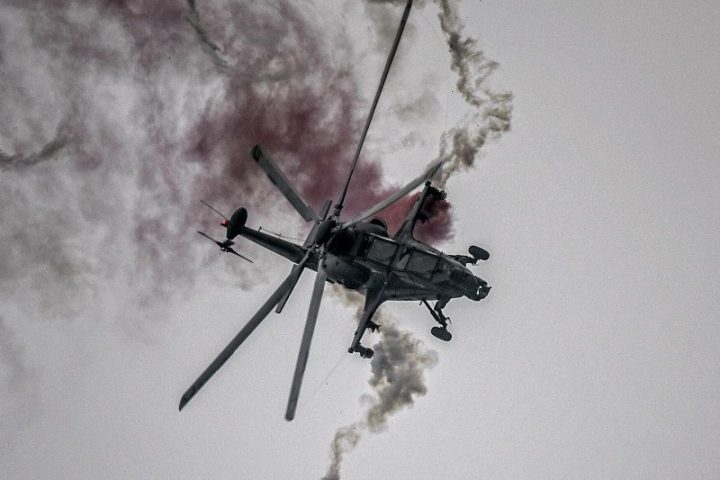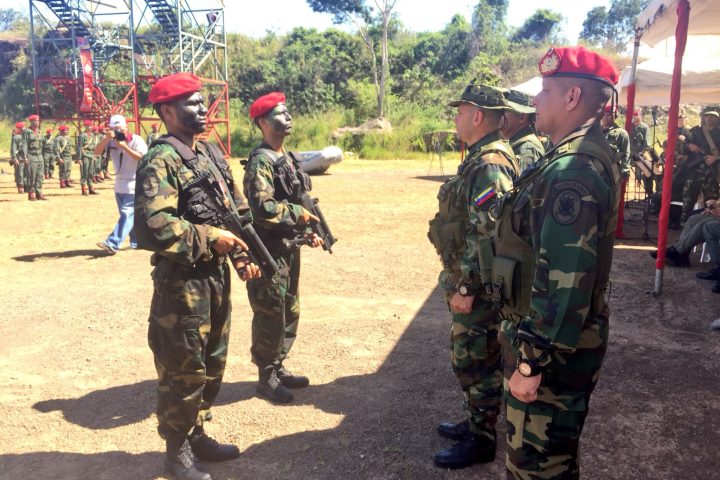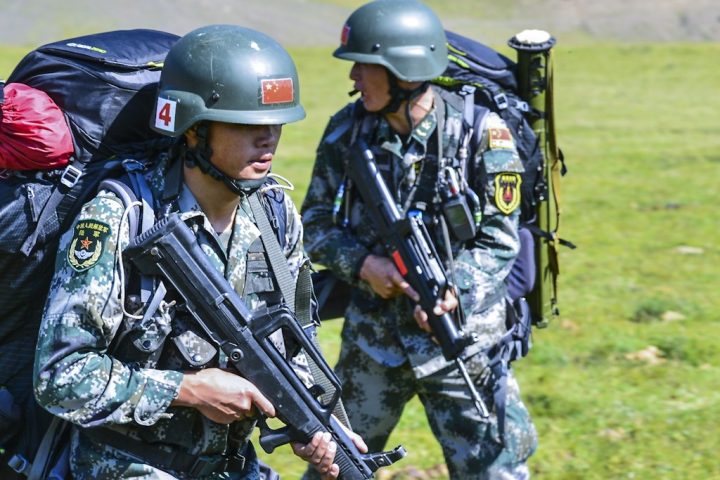In recent weeks, China has significantly escalated its display of naval power across the Indo-Pacific, heightening concerns among regional allies and international observers. Its series of bold military maneuvers — from live-fire drills to the deployment of new amphibious landing ships — are not mere exercises; they reflect a calculated show of force with broader strategic implications.
According to The Guardian, in just five weeks, Beijing has conducted live-fire drills near Australia, Taiwan, and Vietnam. It has unveiled submarine cable-cutting vessels and tested amphibious equipment capable of supporting a potential invasion of Taiwan. Experts argue these actions go far beyond routine military training, serving instead as clear messages to neighboring states and the United States.
Trump Administration Faces Strategic Test
Since reentering office in January, President Donald Trump has focused on reviving his hardline economic stance against China, renewing tariffs and escalating a trade war. However, his administration has remained largely silent on China’s increasingly assertive military behavior — until April 1, when the U.S. State Department condemned Beijing’s “aggressive military activity and rhetoric” following unscheduled exercises in the Taiwan Strait.
These drills, now more frequent and realistic, bear a growing resemblance to actual invasion rehearsals. Despite the State Department’s statement, Trump has yet to personally comment on Taiwan. His continued silence is causing unease among U.S. allies across the Indo-Pacific.
Strategic Ambiguity or Political Caution?
U.S. Defense Secretary Pete Hegseth recently traveled to Japan and the Philippines to reassure allies of America’s commitment to regional defense. While reiterating that U.S. policy toward Taiwan remains unchanged, the absence of direct remarks from Trump has left critical questions unanswered.
“There’s a strategic vacuum,” says Malcolm Davis, senior analyst at the Australian Strategic Policy Institute. “China is probing the limits, testing how far it can go. We should expect more assertive maneuvers in contested regions.”
According to Davis, China’s strategy likely includes ramping up military drills in the Taiwan Strait and increasing pressure on nations like the Philippines and Japan through maritime confrontations and cyber activities. “This isn’t just saber-rattling; it’s psychological warfare aimed at reshaping regional dynamics,” he said.
Internal Disputes in U.S. Foreign Policy Circles
Inside the Trump administration, divisions are emerging over how aggressively the U.S. should respond. One former State Department official pointed to growing friction between traditional defense hawks, such as Senator Marco Rubio, and factions aligned with the MAGA movement.
“There’s an ongoing struggle for influence over Trump’s foreign policy,” the official revealed. “When it comes to Taiwan, the administration lacks a unified voice.”
Sam Roggeveen, director of international security at Australia’s Lowy Institute, added that Trump’s transactional approach to foreign policy raises concerns. “Just as he appears willing to make geopolitical deals over Ukraine, it’s possible he might consider similar concessions regarding Taiwan.”
Southeast Asia on Edge Over ‘Grand Bargain’ Fears
The possibility of a ‘grand bargain’ between the U.S. and China alarms many Southeast Asian nations. Jenny Schuch-Page, director of energy and sustainability at The Asia Group, said, “Even the suggestion of a major deal with China makes regional players nervous. They fear being sidelined or sacrificed.”
Meanwhile, Chinese embassy spokesperson Liu Pengyu dismissed U.S. criticism as distortion and interference in China’s internal affairs.
U.S. Intelligence Community Faces Setbacks
Former diplomat Danny Russel warned that internal issues within U.S. intelligence agencies could undermine their ability to respond to China’s moves. Recent layoffs at the CIA, especially of analysts focused on China, may weaken America’s strategic position.
“Beijing could exploit this vacuum by recruiting former intelligence officers for its own operations,” said Russel. Reuters has already reported on such recruitment attempts.
Russel also criticized the decision to defund Radio Free Asia, a vital source of independent reporting from inside authoritarian states. “This is a dangerous moment to self-sabotage our information capabilities,” he stated.
Chinese Vessel Circles Australia in Undersea Cable Operation
A visible example of China’s growing reach is the research vessel Tan Suo Yi Hao, which has been patrolling international waters near Australia for more than two weeks. Analysts believe the ship is surveying undersea communication cables—infrastructure essential for everything from civilian communication to military coordination.
“I wish it weren’t there,” Australian Prime Minister Anthony Albanese admitted when asked by journalists.
Conclusion: A New Era of Regional Tension
China’s military posture in the Indo-Pacific signals more than an assertion of regional dominance; it marks a deliberate test of American resolve. As Beijing intensifies pressure on Taiwan and its neighbors, and as Washington grapples with internal disagreements and global commitments, the strategic landscape is shifting in real time.
The decisions made today—by China, the U.S., and regional allies—will determine the future balance of power in one of the world’s most critical geopolitical arenas.









